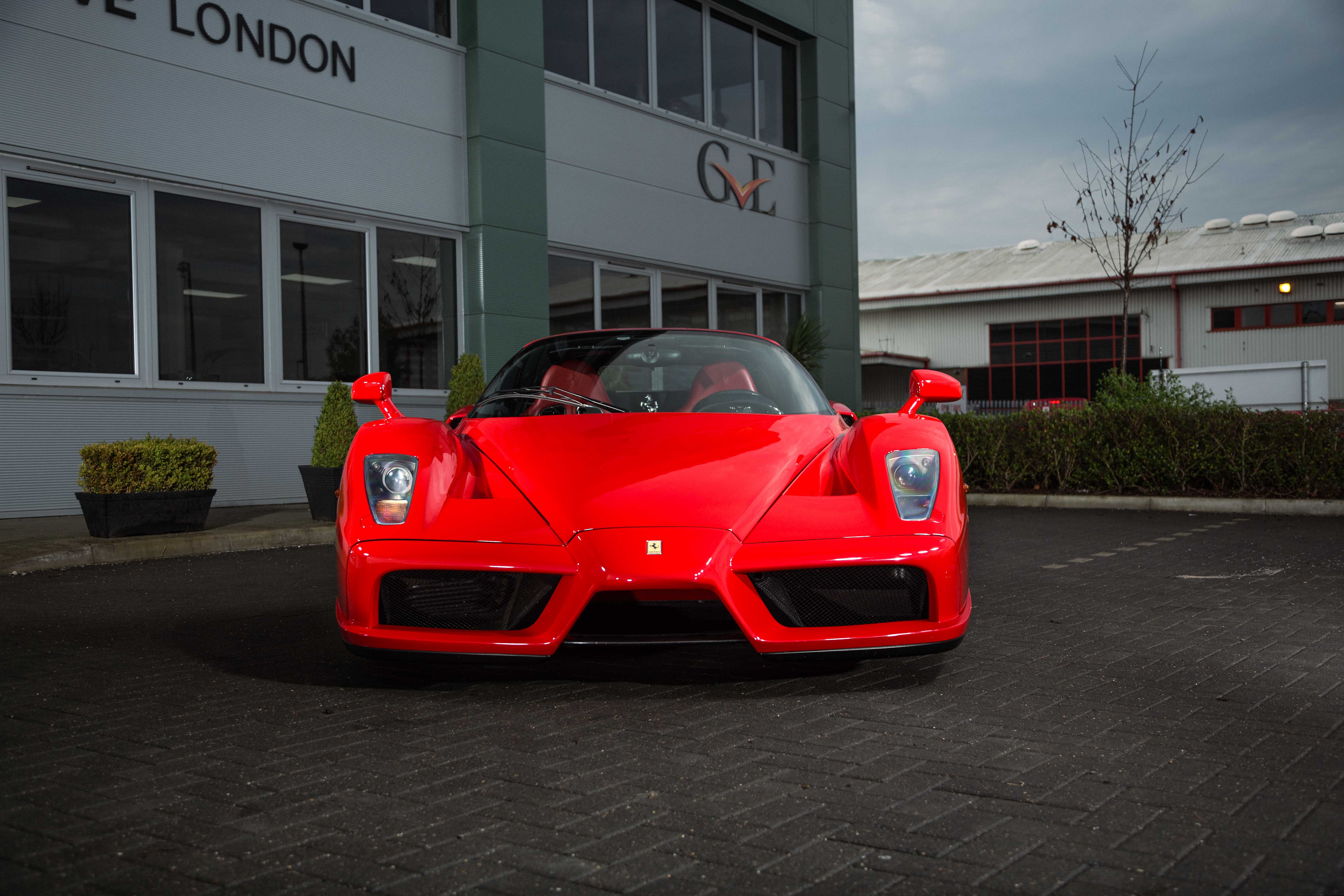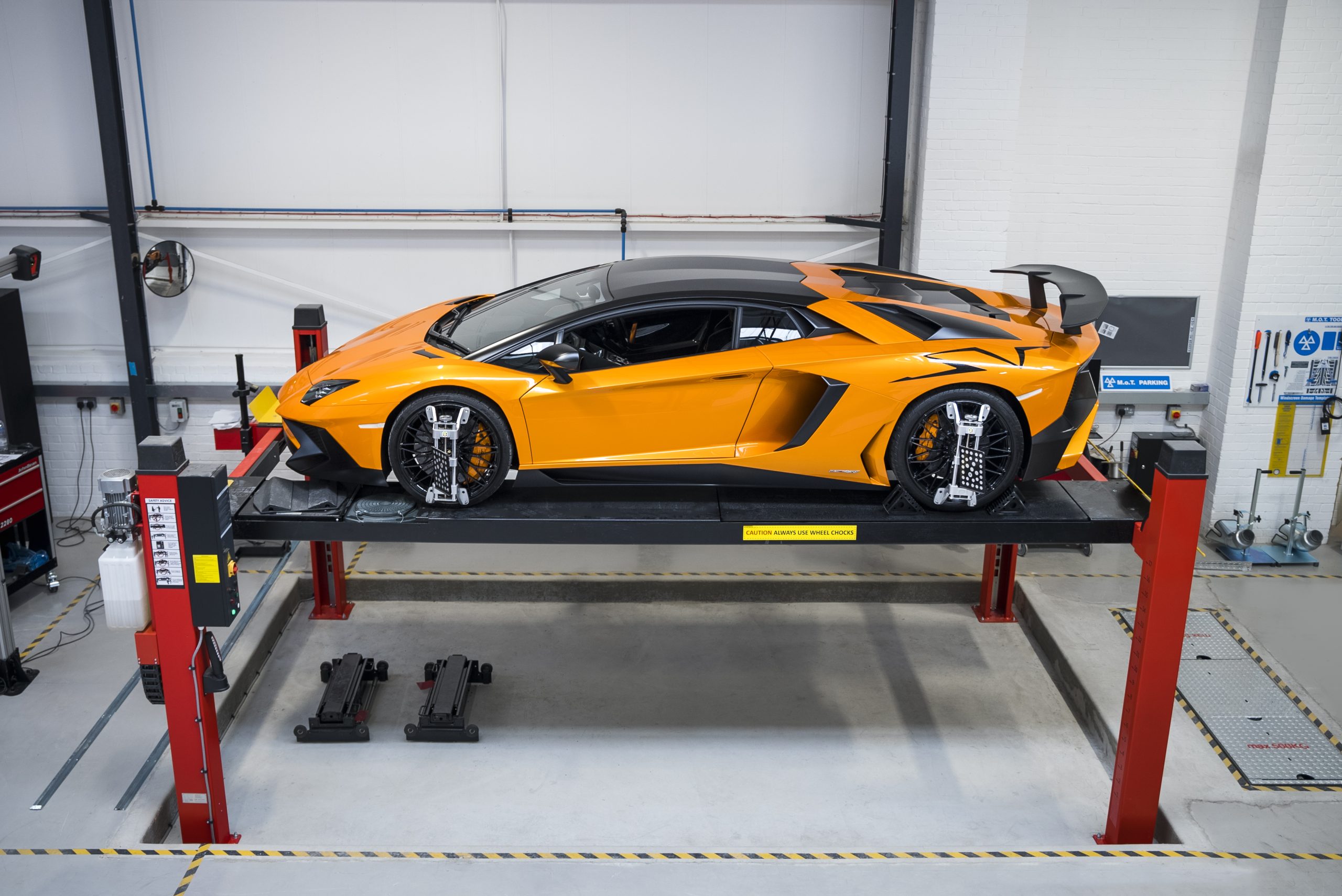
Porsche 918 Spyder review
The 918 Spyder is, according to Porsche, the future of the sports car. It’s also the spiritual successor to a whole host of Porsche’s most classic hypercars from the past – from the 959 to the Carrera GT – and is a technological tour de force at the same time.
In combining 4.6-litres worth of high revving, race-bred conventional V8 engine with electric motors that power both the front and rear axles, it is, for the time being, the fastest road car on the planet, with a combined power output of 875bhp at 8500rpm and a thumping 944lb ft of torque.
And before you reply with a cynical “Yes, but its lithiom ion battery pack means it weighs far more than it should, so it’s not as quick as it could be were it a pure sports car” consider this: the battery pack on its own does indeed add some 314kg to the car’s kerb weight, but without its hybrid powertrain Porsche says the 918 would be more than five seconds slower around the Nürburgring.
In other words, the Spyder’s combination of batteries, electric motors and conventional combustion engine power do not mean it is in anyway compromised as a design but, instead, optimised to deliver as much performance but also as much economy at the same time.
And the numbers it produces are truly extraordinary. As in sub seven minutes around the Nürburgring, 0-60mph in 2.5sec (in Weissach specification), 0-186mph in 19.9sec (again in Weissach spec), hit a top speed of 214mph and average between 25-30mpg when tootling about in the real world. Genuinely.
Forget for a moment the headline-grabbing 94.1mpg claims, they are generated with the car driving only in Hybrid mode; the reality is that the 918 will burn about the same amount of fuel as a high-ish powered saloon car during regular on-road driving.
Which is nothing short of incredible, you’ll agree, but is also the 918’s reason to be – because job one when the project started was to build a super-sports car that could return 3.0-litres per 100km (94.1mpg), which could also lap the Nürburgring in 7min 15sec. Which also means the car has massively over delivered on the performance front in its final showroom specification.
And the cost for all this magic: €781,155 (£652,849) in standard specification, or €853,155 (£712,088) in 41kg lighter Weissach Pack spec. The pack, if your curious, cuts the 918’s kerb weight by some 35kg through the use of more carbonfibre and lightweight magnesium wheels.
A lot more natural to drive than you might think, and this was one of Porsche’s key targets when fine tuning the 918 for use on road, or track; that despite its mind-frazzling levels of technology, it should feel intuitive and natural to drive.
Although to begin with it can be a touch confusing: trying to work out which of the various drive modes to select, of which there are five; Edrive, Hybrid, Sport, Race and Hot Laps.
In Edrive you get exactly that to begin with, but this still means you’ve got enough ecologically sound propulsion to hit 60mph in 6.2 seconds. The spooky thing in Edrive, as ever with EVs, is that there’s no perceptible noise from the two electric motors, front or rear.
But if you then press harder on the accelerator, boom, the V8 is awakened and you find yourself being propelled by a combination of conventional V8 and electric power. The transition, though, is smooth so long as you’re not properly clumsy with the pedal.
Select Hybrid and you get an instant combination of the three motors, but still with quite relaxed responses from the seven-speed PDK gearbox, and from the throttle. Select Sport and the responses from everything – engine, gearbox, V8 and both the electric motors – become sharper, keener.
And then you can go up again to Sport, and eventually to the Hot Laps programme, in which the ESP allows a little bit of slip from the rear and dishes out yet more torque to the front axle under wide throttle openings to dial out mid-to-late-apex understeer.
The best thing about the Spyder, though, is how it disguises its weight. On a track it feels like it weighs no more than about 1350kg-1400kg. The way it changes direction is astonishing for something so big.
Understeer is pretty much non existent at sane speeds, and the flatness with which it corners – and the composure it displays as a result – is mind boggling. On the way in, on the way through, and on the way out of corners, fast or slow.
We did a ducks and drakes excercise with Walter Röhrl driving a GT2 RS in front at one point, me following in the Spyder, and the relative lack of effort required to stay in touch with Rohl and the GT2 was quite an eye opener. That was down purely to how much faster the 918 could accelerate down the straights, how much better it could stop, and how much more speed it could carry mid-corner.
Best of all, Porsche would appear to have all but eradicated the artificial feel to the brake pedal that early prototypes apparently suffered from. On this evidence the brakes feel much like those of any other Porsche under hard loads, ie fantastic, even if the pedal does still feel a touch remote under lighter loads, especially in Edrive.
In isolation the 918 Spyder is a quite fantastic amalgam of high tech and conventional engineering, but the best bit about it is how natural and pure it still feels to drive.
At its core the Porsche 918 Spyder is just a cracking good thing to climb into and go for a blast in. And it’s fast, too, without ever feeling scary or edgy or overwhelming. Rivals like the McLaren P1 and LaFerrari will have a serious fight on their hands against Porsche’s phenomenal 918.
Most people could get most of what this car can do out if it. And some people will get closer to the edge than ever before. The Porsche 918 Spyder’s rivals, the McLaren P1 and LaFerrari, have a serious fight on their hands.
Source: autocar.co.uk
RECENT POSTS
SERVICES
Contact Us
"*" indicates required fields








